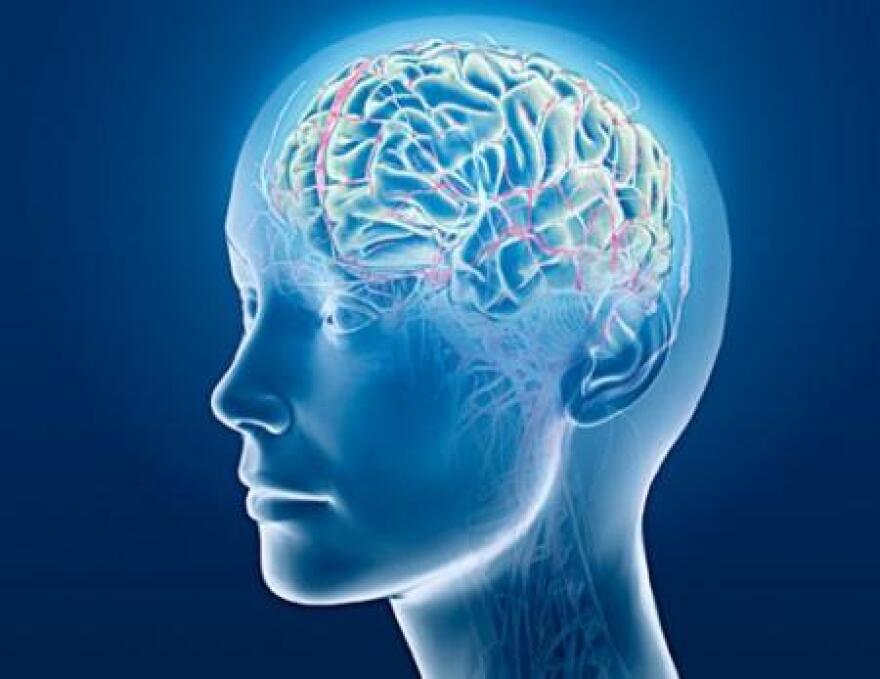Epilepsy is a condition that we usually think of as being in the brain. Doctors typically identify it by measuring brain activity. However, new evidence has emerged showing that the brain may not be the only place we can see epilepsy.
Roberto Galan is an adjunct associate professor of electrical engineering at Case Western Reserve University.
“When I investigated the electrocardiograms - the electrical activity of the heart - in patients with epilepsy, and in control patients, I found significant differences in the rhythm that the heart displays," Galan said.
By analyzing the EKGs of people with epilepsy, he found that their heart rate was much more affected by their breathing than the heart rates of people without epilepsy.
“We could see enhanced synchrony between the lungs and the heart, or respiration and the heart, even before epilepsy was diagnosed from the brain's electrical activity,” said Galan. "So it may be a predictor of epilepsy even before it manifests as seizures.”
If we can identify signs of epilepsy in the interplay between the heart and the lungs before we see it in the brain, that might mean that epilepsy itself is a condition of the whole nervous system, not just the brain. This could have important implications for how we think about, and treat, epilepsy.





